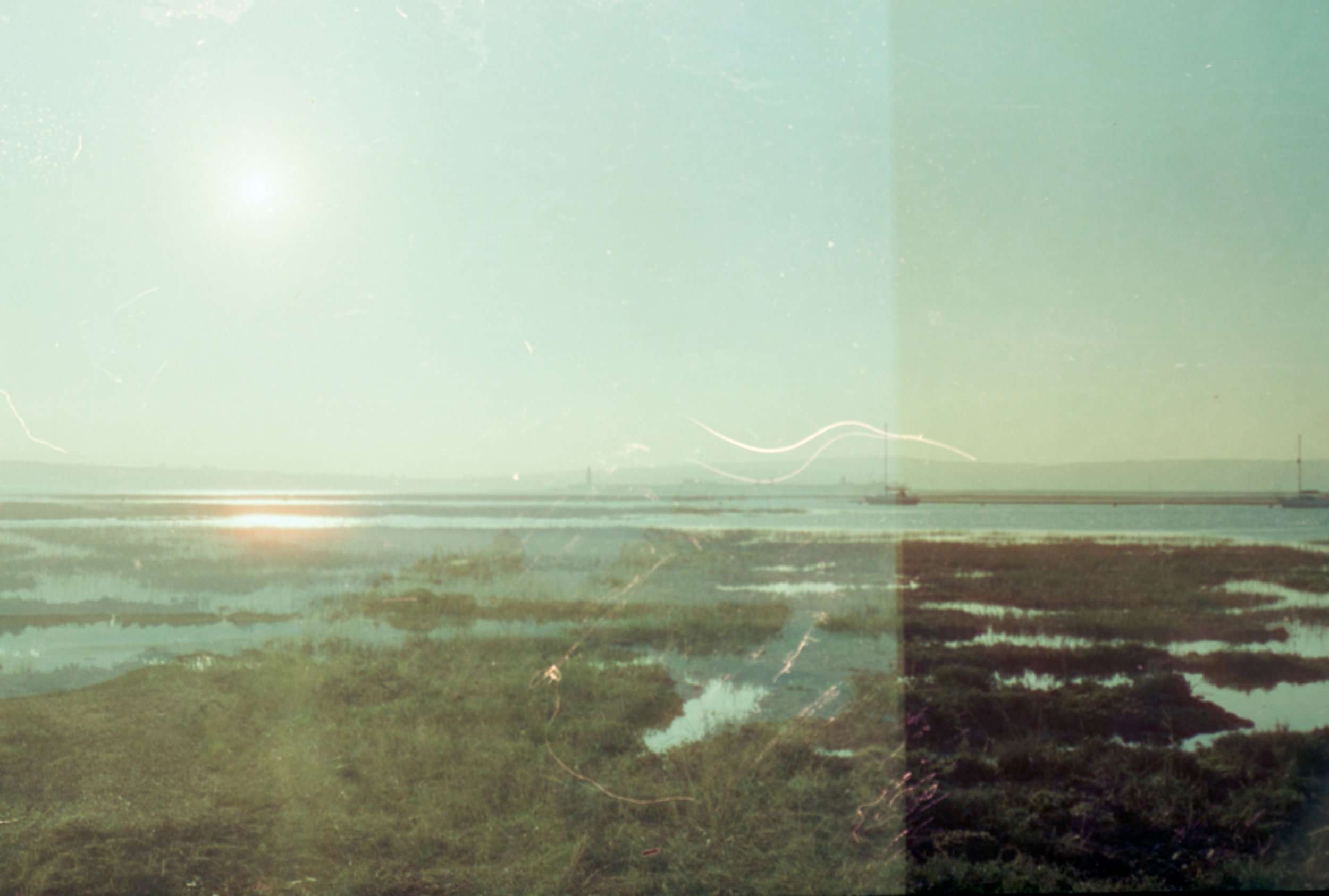
Northern Aesthetics.
An ache, a landsape, a langauge.
The Northern Aesthetic is a literary vision rooted in atmosphere, longing, and the metaphysical landscape.
It traces the ache behind Jane Eyre, the snow-light of Lewis’s North, and the mythic clarity of silence and storm.
Here, beauty is not ornament—it is ontology. A language for what lies beyond the page.
“Beauty is not a luxury or a lure—it is a way of knowing the world.”
— Mary Mothersil, Beauty Restored
Go to—
Intro | What Is It? | Longing | Exile | New Book | Field Notes | Future Work
The Northern Aesthetic.
For too long, the concept of beauty has been exiled from serious discourse. In theology, it has been sentimentalized. In criticism, dismissed. In modern aesthetics, desecrated. But the soul still longs for it. The North, as C.S. Lewis once wrote, is not merely a place on the compass—it is an atmosphere of longing, mystery, and meaning.
This page explores my developing work in what I call The Northern Aesthetic: a literary, theological, and philosophical framework that reclaims beauty as a gravitational force in a fragmented age. It draws from my research into the works of C.S. Lewis, Charlotte Brontë, and others who resisted modern disenchantment with a vision of beauty marked by longing, place, sorrow, and hope. It seeks to revive what has been lost—not with nostalgia, but with weight.
Defining the Framework.
The Northern Aesthetic is not a genre. It’s a gravity.
It names something many have felt but few have defined: that ache for another world—shot through with wind and snow and longing. It is an aesthetic orientation, a way of seeing the world marked by atmosphere, landscape, metaphysical weight, and what C.S. Lewis called Sehnsucht —a “desire for we know not what.” But Northernness is not merely emotional. It is theological. It carries with it a worldview: that beauty is not surface decoration, but a deep ontological current, pulling us toward what is real.
I first encountered Northernness not just in Lewis’s memoir Surprised by Joy, but in the raw landscapes of Brontë’s Jane Eyre and the twilight spaces of George MacDonald’s At the Back of the North Wind. These works opened up a field of resonance—a field I believe we can now name.
The Northern Aesthetic is a framework of sorrow-braided hope, of desolate beauty, of landscape as spiritual iconography. It is not escapist. It is not romanticism in disguise. It is a form of descent—into weather, into story, into soul. What Lewis experienced as "Northernness" was not merely the thrill of myth or the pull of Norse sagas—it was the recognition of a world charged with meaning but marked by loss. And that ache pointed toward something beyond the page.
Today, in an age that has exiled beauty from both criticism and faith, the Northern Aesthetic offers a path of return. It resists the flattening forces of modernity: utilitarianism, sentimentality, and irony. It names beauty not as prettiness, but as gravity. It insists that atmosphere can be revelation. That landscape can preach. That the cry of the soul for something more is not a flaw in our wiring—but the signal of something true.
This is the beginning of a larger project—one that reclaims beauty as a theological and literary principle rooted in landscape, longing, and light. A resistance to dispersion. A longing for the real.
Coming soon: “Toward a Northern Aesthetic” (essay-in-progress; subscribe below to be notified when it publishes)
Explore: Brontë, Lewis, and the Longing for the Real →
Lewis, Brontë, and the Longing for the Real.
In both Charlotte Brontë and C.S. Lewis, we find the moorlands of the soul. Their landscapes are never mere setting—they are sacred thresholds where the internal world meets the external cosmos. In Jane Eyre, the wildness of the moor signifies something deeper than escape or romantic solitude. It is, rather, a place of stripping—a desolate, purifying geography through which revelation arrives. Jane, cast out from Thornfield, walks into a landscape that mirrors her spiritual condition: wind-battered, unanchored, yearning. And yet, it is in this barren terrain that she encounters grace and reconstitution. The North, here, is not comfort—it is clarity.
Similarly, Lewis writes of Northernness as a "bittersweet stab," a longing more real than satisfaction. In The Pilgrim's Regress and Surprised by Joy, he traces his own aesthetic conversion not to argument, but to an encounter with the sharp, clean air of something Other. It was the Norse sagas, with their cold purity and noble melancholy, that baptized his imagination long before his intellect bowed to Christ. The landscape of the North, for Lewis, was never simply mythological—it was metaphysical. It carried the ache of eternity.
My research places Brontë and Lewis in conversation—not merely as Victorian and modern authors, but as cartographers of longing. Their works affirm that beauty is not a matter of preference, but of presence. When Jane stands alone on the moor or when Lewis remembers Balder cast down into the underworld, we are not encountering nostalgia. We are witnessing a grammar of longing that points to the Real.
This reflection forms the foundation for my forthcoming projects, where I explore Brontë and Lewis as architects of literary longing and theological presence:
Northern Light: Jane Eyre and the Aesthetics of the North (monograph in development)
A formal essay exploring Sehnsucht and the sacramental imagination
Together, these projects suggest that Northern beauty is not merely decorative—it’s structural. It shapes the very contours of how we read, believe, and what we yearn for.
Beauty in Exile.
There was a time when beauty was not an accessory—but a compass. It oriented the soul, shaped our language, and offered coherence to cultures and cosmologies alike. But something fractured. Modernity, with its machines and methodologies, cast suspicion on beauty. What was once seen as a sign of divine presence became either kitsch or transgression—ornament at best, deception at worst.
In the early 20th century, the philosopher Mary Mothersill saw this cultural vandalism for what it was. Her 1984 work Beauty Restored offered a sharp critique of the aesthetic exile. She saw that beauty had not merely fallen out of favor—it had been banished. She wrote against an academic and critical establishment that no longer trusted beauty, fearing its subjectivity, its sentimentality, or its sacredness. But rather than discard beauty, Mothersill called for its return—not as surface gloss, but as a category with intellectual and moral gravity.
Roger Scruton went further. He called it desecration. In his essays and films, Scruton mourned the loss of high culture and warned against both sentimental kitsch and cynical irony. His critique was not merely philosophical—it was spiritual. He understood that when a society treats beauty as irrelevant, it also forgets how to love. Beauty, he said, "tells you that life is worth living."
This is not just a matter for artists or philosophers. It is a theological crisis. My forthcoming book continues this descent into beauty’s absence—arguing that the crisis is not cultural alone but metaphysical. When we emptied the skies of their awe, we did violence to our souls. We replaced gravity with utility, glory with productivity. In the name of progress, we forfeited the metaphysical field in which worship, wonder, and contemplation once flourished.
And yet—beauty persists. Like a seed buried deep in winter ground, it waits. My work in the Northern Aesthetic seeks to recover this buried inheritance. Drawing from Lewis’s Abolition of Man, where the loss of objective value is shown to lead to the loss of meaning itself, I trace how beauty was systematically evacuated from theology, literature, and art. But I also chart a way back. Not to an idealized past, but to a sacramental present.
-
Mary Mothersill, Beauty Restored (1984) — foundational reclamation of beauty as serious category.
Roger Scruton, Beauty (Oxford), and Why Beauty Matters (BBC documentary) — desecration, kitsch, and the sacramental.
C.S. Lewis, The Abolition of Man and Surprised by Joy — loss of objective value, Sehnsucht, and longing as epistemology.
Timothy Willard, Endless Twilight (Dissertation) — Lewis and the re-sacralization of aesthetics.
Beauty Chasers (Ch. 2–4) — on the postmodern desecration of beauty, kitsch vs. sacrifice, and cultural loss of awe.
Miroslav Volf, A Theology of Joy — joy and aesthetics.
Elaine Scarry, On Beauty and Being Just — beauty’s ethical implications.
Jacques Maritain — contemplation and the recovery of love-based aesthetics.ption text goes here
The Descent into Glory.
The Northern Aesthetic is not merely a theoretical framework—it is also a living cosmology. My forthcoming nonfiction book, a follow-up to The Beauty Chasers, continues this descent. It explores how beauty reclaims lost ground in an age of despair, not through spectacle, but through substance. Gravity, not gloss.
Drawing on metaphors from cosmology and theology, this next work invites readers to journey through cultural entropy toward hope. It traces how modern life has become weightless—dispersed, distracted, disenchanted. But it is precisely in this condition that beauty becomes gravitational. Not an aesthetic afterthought, but the means by which the soul is drawn back to density, meaning, and presence.
This book is my attempt to enflesh the Northern Aesthetic in narrative and metaphor. It is about wonder in the ruins. A call to descend, not to escape—to find the glory hidden in the low places. Details coming soon!

-
Longing as evidence of another world.
Not escapism—but a bittersweet ache that opens the soul to the Real. -
The external world as mirror and metaphor.
Mountains, moors, and mythic skies become spiritual terrain. -
Beauty as Gravity
Not prettiness. Not pleasure. Gravity.
Beauty draws us toward what is good, true, and eternal. -
Against sentimentality. Against cynicism.
Beauty is not fragile—it is fierce. It demands reverence.
-
Not just stories. Cosmologies.
To write, think, and live in ways that re-enchant the world. building cosmologies of meaning, not just critiques
Field Notes on the Northern Aesthetic
An unfolding grammar of beauty, longing, and the weight of the Real.
Future Work
Northern Light: Jane Eyre and the Aesthetics of the North (research monograph in development)
Toward a Northern Aesthetic (scholarly essay in development)
Courses, lectures, and essay series (Gordon-Conwell Theological Seminary, Reformed Theological Seminary, et al.


